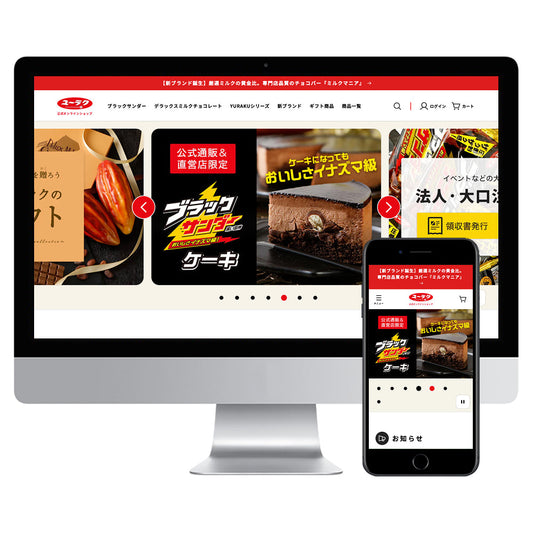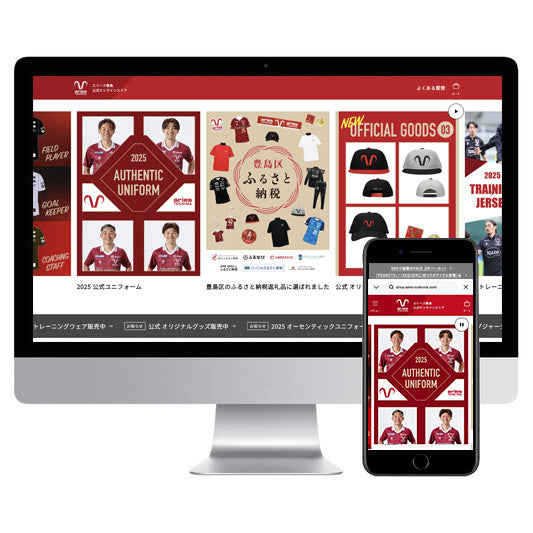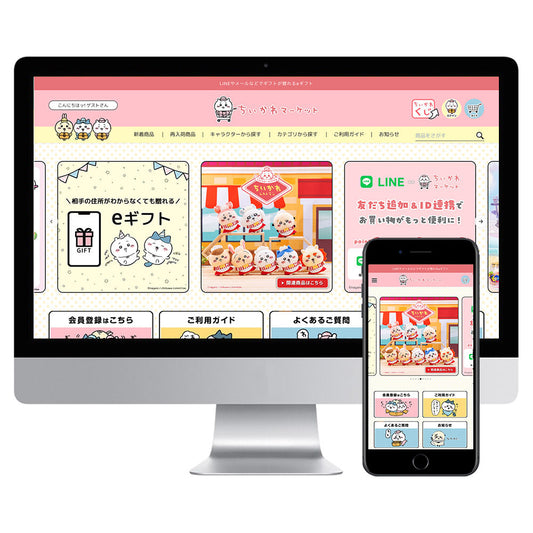- "I want to acquire new customers through web advertising on the e-commerce site I created with Shopify."
- "I've decided on the web ads I want to deliver, but I don't know how to set up the tags."
- "Please tell me step by step how to set up specific tags."
This article is for such people.
In our previous article, we explained the steps for delivering major web ads using Shopify, but in this article we go a step further and explain how to set up tags for each type of web ad.
[Key Points of this Article]
- Learn how to tag web ads on Shopify
- Learn how to set up tags using GTM on Shopify
- Learn how to check if the tags you set in GTM are firing.
We would like to introduce the above three articles.
Please use this article as a reference to complete the settings for Shopify and each web advertisement and strengthen your customer acquisition strategies.
What are the tags used in web advertising?
For web advertising (listing ads, SNS ads, etc.), there are two tags required for advertising management.
- Conversion Tags
- Retargeting Tags
The tags are used for the following purposes:
Conversion Tags
A tag for measuring the results of web advertising. It is attached to the thank you page (purchase completion screen) or other conversion point in order to measure the number of conversions (the outcome point set on the web: requesting information, making inquiries, etc.) of users who accessed the site through web advertising.
Retargeting Tags
A tag for retargeting (a method of tracking users who have visited a site and displaying ads to them). In Google Ads, it is called "remarketing," but the method is the same, just the name is different. Basically, you paste the tag on all pages of your website.
These two tags must be set in order to measure and improve the results of your advertising operations.
Now, I will explain how to set up these two tags.
First, I will explain Google Ads and Facebook Ads, which can be integrated with Shopify.
Tag settings for ads that can be linked to Shopify (Google Ads, Facebook Ads)
As explained in the previous article, there are currently two types of advertising that can be integrated with Shopify: Google Ads and Facebook Ads (Instagram Ads), and tagging can be done relatively easily.
Let's start with Google Ads.
Google Ads
How to install conversion tags
Please refer to our previous article for an explanation of how to set up Google Ads conversion tags, which includes diagrams.
[For beginners] A thorough explanation of the steps to deliver web ads on Shopify!
How to install the global site tag (formerly known as the remarketing tag)
There are two ways to add a global site tag to Shopify:
- Edit the theme code (please refer to the official Shopify reference for instructions on how to edit this)
- Setting via Google Tag Manager
We recommend using Google Tag Manager as it allows you to manage your tags together with other web advertising tags, which has the added benefit of reducing management workload.
Facebook Ads
Facebook ads are a bit unique in that they are not divided into "conversion tags" and "retargeting tags." Simply installing a tag called "Facebook Pixel" is the same as installing a "conversion tag" and a "retargeting tag."
How to install Facebook pixel
Please refer to our previous article for an explanation of how to set up Facebook Pixel, which includes diagrams.
[For beginners] A thorough explanation of the steps to deliver web ads on Shopify!
Tag settings for web ads other than those mentioned above
Next, we will explain how to set tags for web ads that cannot be integrated with Shopify (Twitter ads, LINE ads, etc.).
We will use Google Tag Manager (GTM) to set up tags for these web ads.
*Please refer to the following article for instructions on how to set up Google Tag Manager on Shopify.
[For beginners] A thorough explanation of the steps to deliver web ads on Shopify!
First, issue and copy and paste the "conversion tag" and "retargeting tag" from the ad management screen of each ad.
After that, you will need to set it up in Google Tag Manager.
We will explain the settings with diagrams. First, we will explain the "conversion tag".
Setting up "Conversion Tag"
(1) After logging in to Google Tag Manager, select “Tags” from the menu on the left side of the screen and click “New” in the upper right.

(2) When you click inside the "Tag Settings" box, you will be taken to a screen where you can select which tag you want to set. Select "Custom HTML."

(3) Paste the copied "retargeting tag" or "conversion tag" into the "HTML" box. (The tag is set on the "trigger" side. We'll explain this later.)

Also, when adding a tag, be sure to check "Support document.write." If you forget to check the box, the tag may not work properly.

Next, we will set up the "Trigger," so give it a name and press "Save" in the upper right.
How to set up a conversion "trigger"
Next, we will explain the "trigger" settings to make the "conversion tag" work. Since the "conversion tag" basically needs to function on the thank you page, which is the point of conversion, you need to create a trigger for the "thank you page."
(1) Select "Triggers" from the menu on the left side of the screen and click "New" in the upper right.

(2) On the next screen, you will be asked to select the trigger type, so click "Page View."

(3) If you select "Some page views", a condition input window will appear.
Enter "Page URL", "Include", and "Corresponding thank you page URL*" from the left.
*Example of thank you page URL on a Shopify site: https://●●●.com/A/checkouts/B/thank_you
The above is an example of a thank you page URL for a site created with Shopify.
The "/A/" and "/B/" sections change dynamically for each product purchase, while "/checkouts/" and "/thank_you" do not change for each product purchase.
As for whether to set "/checkouts/" or "/thank_you" as the "trigger," we recommend setting "/thank_you" to the "relevant thank you page URL" above.
This is because "/thank_you" is only used on the final page, the purchase completion screen, while "/checkouts/" is also used on the previous page, where you enter your address and select your payment method.

(4) Once you have finished entering the information, click “Save” in the upper right corner and link it to the conversion tag you saved earlier.
Select the tag you just saved and click "Trigger".

(5) A list of triggers will be displayed, so select the trigger for the thank you page you created.

(6) Make a final check and if there are no problems, click “Save” in the upper right.

This completes the setup of the conversion tag.
Once the setup is complete, we will now show you how to set up "retargeting."
Setting up "Retargeting Tag"
The setup process for a "retargeting tag" is the same as the setup process for a "conversion tag" (1) to (6). The only difference is that the tag you put in the "custom HTML" is a "retargeting tag." For setup instructions, please refer to the "conversion tag" settings above.
Set a retargeting "trigger"
Next, we will explain the "trigger" settings to make the "retargeting tag" work. Since the retargeting tag needs to work on all pages, this time we will set the pageviews of all pages as the "trigger."
(1) After creating a “retargeting tag” in custom HTML, click “Trigger.”

(2) A list of triggers will be displayed. Select “All pages.”

(3) Make a final check and if there are no problems, click “Save” in the upper right.
This completes the setup of the "Retargeting Tag".
Check if the tag is firing correctly
Let's check whether the final tag is working (firing) normally.
There are two ways to check if your tag is working properly.
- (1) Use the Google Chrome extension "Tag Assistant"
- (2) Use the preview function of Google Tag Manager
This time, I would like to check the tag installation using (2) the preview function of Google Tag Manager.
(1) Click the "Preview" button on the management screen.

(2) On the same browser, go to the site (page) where you want to check the tag.

(3) Check whether the tag you set in the debug screen at the bottom of the page is firing.

Tags Fired On This Page
Tags Not Fired On This Page
[Summary] About tagging web ads on Shopify
In this article, we have explained how to set up tags for web ads on Shopify.
[Summary of this article]
- The two tags required for advertising operations are "conversion tags" and "retargeting"
- Tags for web ads other than Google Ads and Facebook Ads can be set with GTM
- Check if the tag you set is working properly
Please use this article as a reference for setting up tags for web ads on Shopify. If you are considering outsourcing the delivery of web ads, please consult with us, the third company in Japan to be certified as Shopify Experts.
*This article is current as of August 2020. Due to future updates or changes to Shopify specifications, it may not be possible to set up exactly as described in this article.





